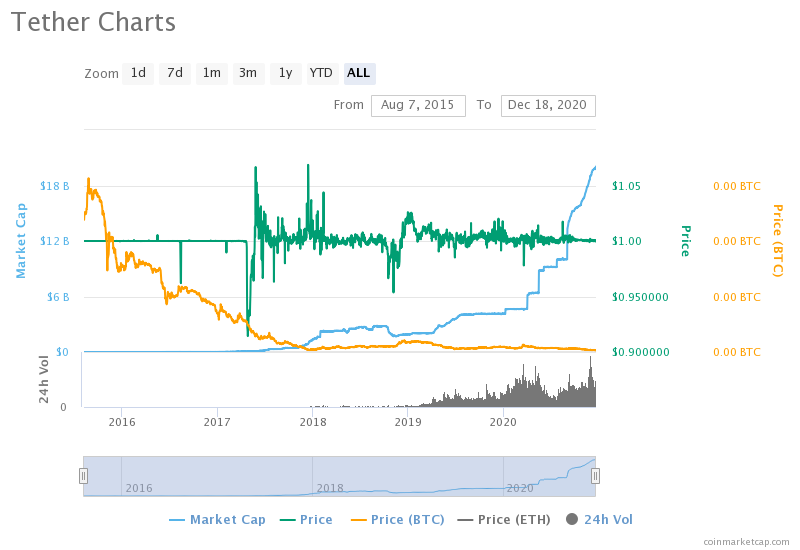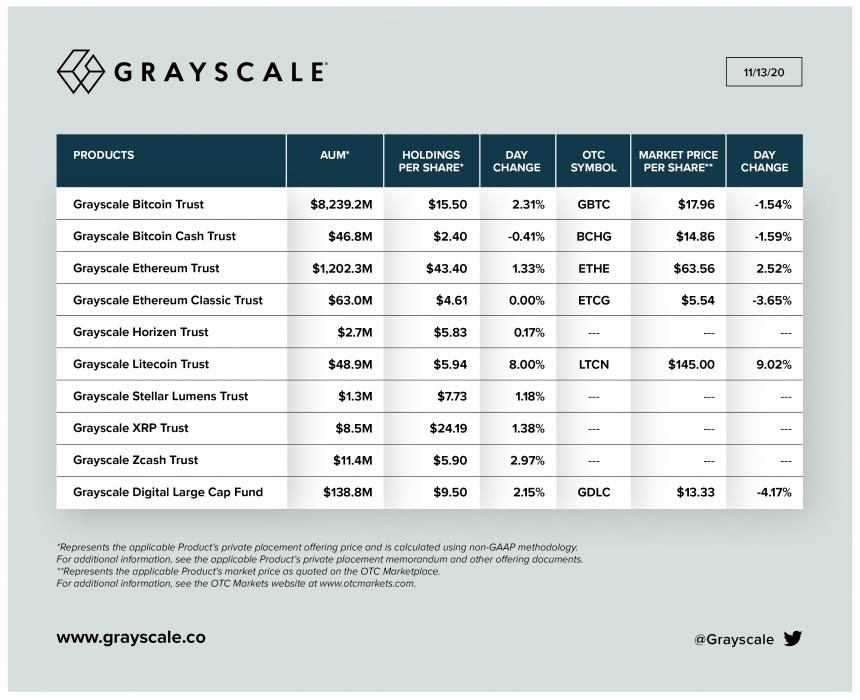The fourth-largest digital currency, Tether (USDt) reached a milestone record of US$20 billion on Friday. The record further strengthens the digital currency’s position as the largest United States dollar-backed stablecoin to a great extent. With lots of USDt minted on several blockchain networks, including Ethereum, Tron, etc., it’s worth mentioning that gained massive adoption for trades this year.
Not if the second-largest stablecoin USD Coin (USDC) is closing in with its US$3.2 billion market valuation.
USDts are now a US$20 Billion Asset Combined
In celebration of the historic increase in USDt market capitalization, Tether, the company behind the stablecoin, tweeted the development, saying “this fantastic milestone is another confirmation for Tether maintaining its number one spot as the most liquid, stable and trusted currency.” Noteworthily, a huge number of USDt has been issued this year alone, which signals a strong demand for the stablecoin for settling transactions, and mostly for trading.

At the time of writing, the maximum supply of the stablecoin is 20,533,323,926 USDt, of which 20,038,839,262 USDt is currently in circulation, according to the information provided by Coinmarketcap. One factor that indicates the strong demand for the stablecoin in trading is the fact that it has a very high 24 hours trading volume.
Per Coinmarketcap, the US dollar stablecoin sees US$80 billion 24hrs trading volume, which is way bigger than other popularly-traded cryptos, including Bitcoin (US$48 billion), Ether ($19 billion), Ripple ($16 billion), etc.
USDt on Ethereum and Tron Blockchain
Ethereum and Tron are the two biggest blockchain networks, respectively hosting the stablecoins. According to Etherscan, the Ethereum blockchain explorer, there are currently 12.6 billion USDt issued on the blockchain. The rival blockchain network, Tron, holds 6.4 billion of the stablecoin, all of which are currently in circulation, per Tronscan.














